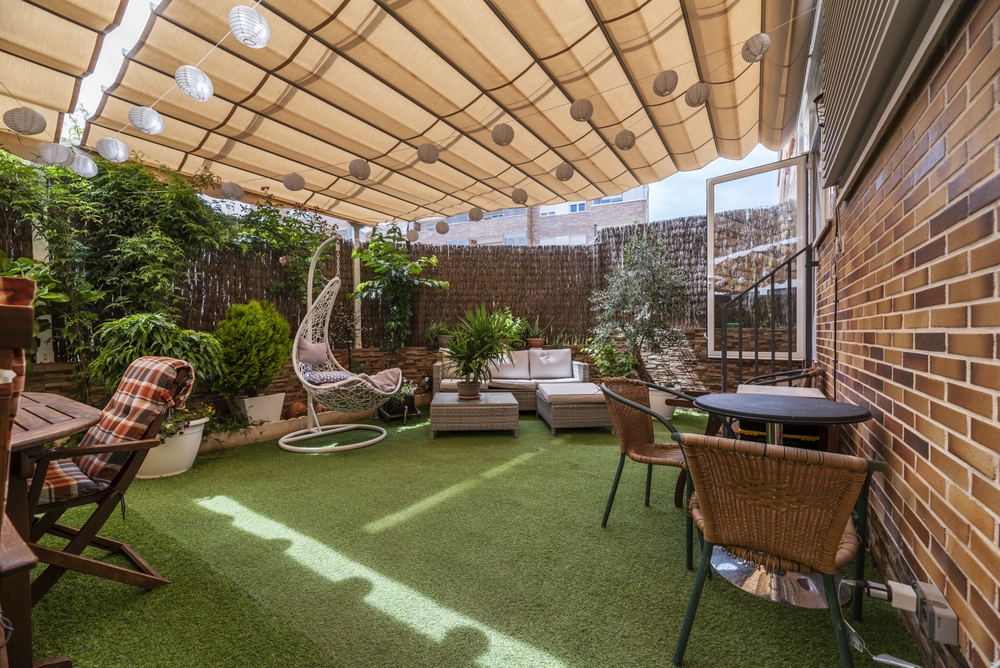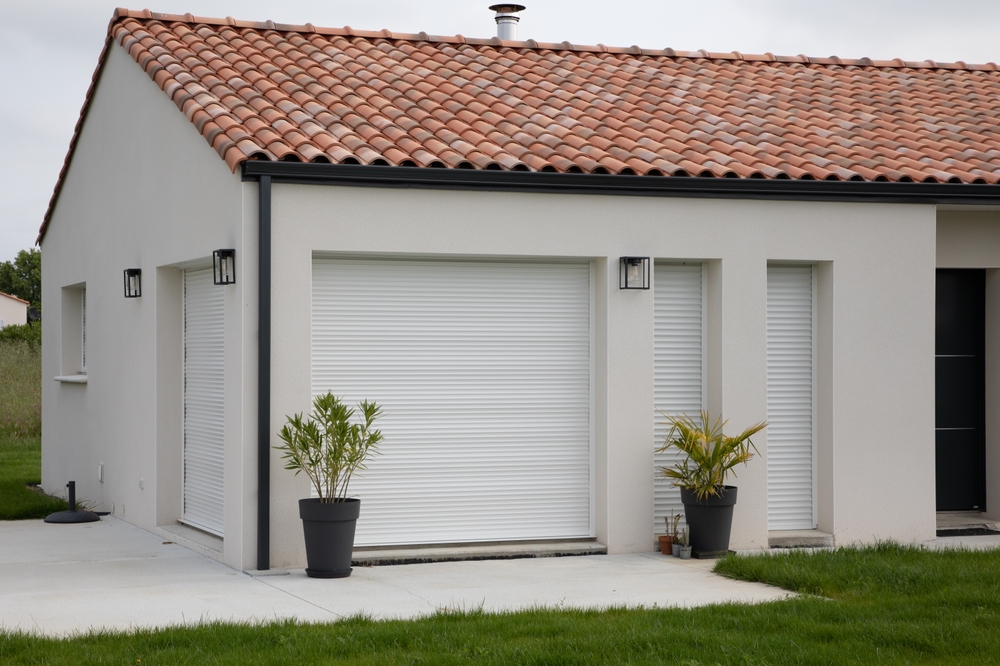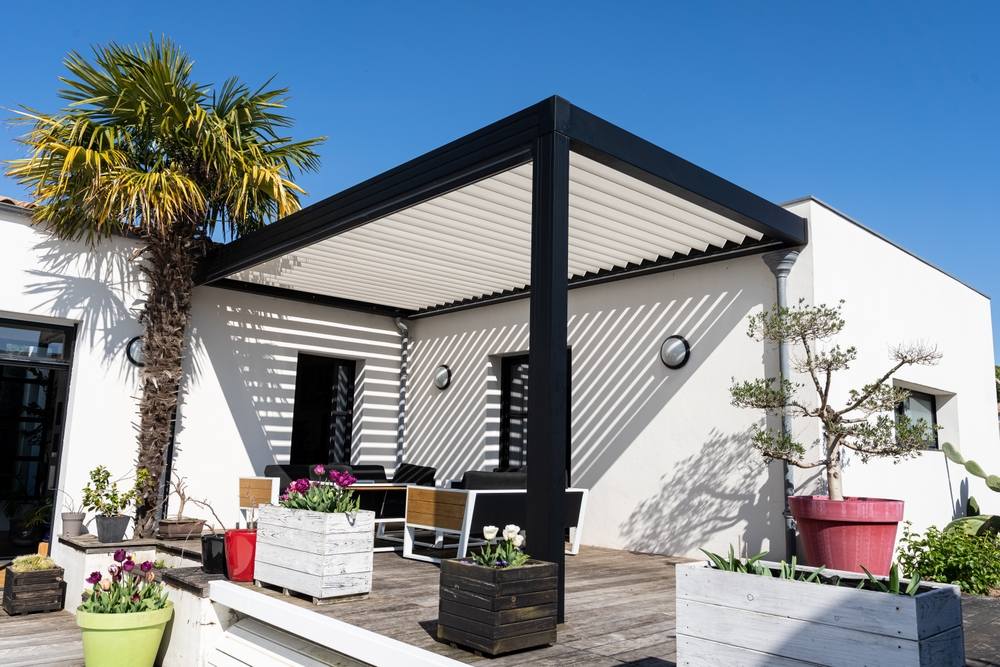Rollac Blog
Top Home Improvement Trends for 2025: Shading & Security
Top Home Improvement Trends for 2025: Shading & Security The home improvement landscape is...
The Best Times of Year to Install New Window Coverings
The Best Times of Year to Install New Window Coverings Timing can make all...
The Best Window Shades for Large Windows: Style, Privacy & Sun Control
The Best Window Shades for Large Windows: Style, Privacy & Sun Control Large windows...
Best Awning Solutions for Restaurants, Cafes, and Outdoor Dining
Best Awning Solutions for Restaurants, Cafes, and Outdoor Dining Imagine McDonald’s without its yellow...
Reducing Energy Costs in Office Buildings with Exterior Shades
Reducing Energy Costs in Office Buildings with Exterior Shades Researchers estimate that 30% of...
Security Rolling Shutters Guide
Security Rolling Shutters Guide Enhancing the security of your home or business can involve...
How to Use Your Patio All Year Round
How to Use Your Patio All Year Round According to statistics, industry experts say...
The Complete Guide to Rolling Shutters Winter Maintenance
The Complete Guide to Rolling Shutters Winter Maintenance Winter is approaching, bringing the potential...
The Ultimate Camargue Guide
The Ultimate Camargue Guide While you love your patio, there are times when the weather...









